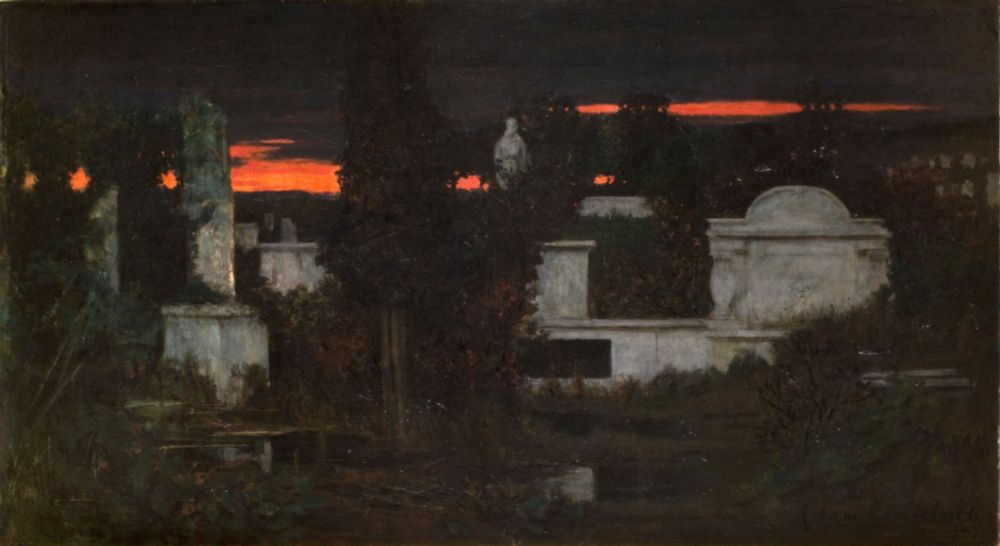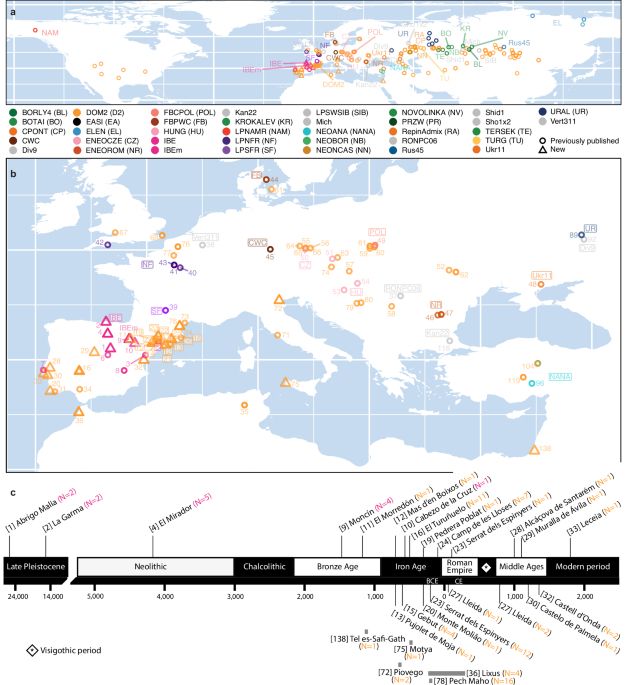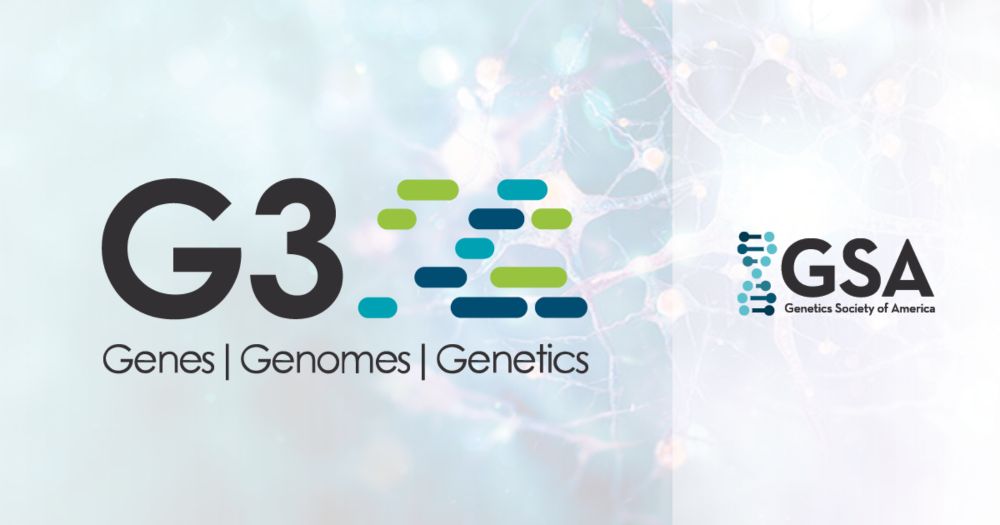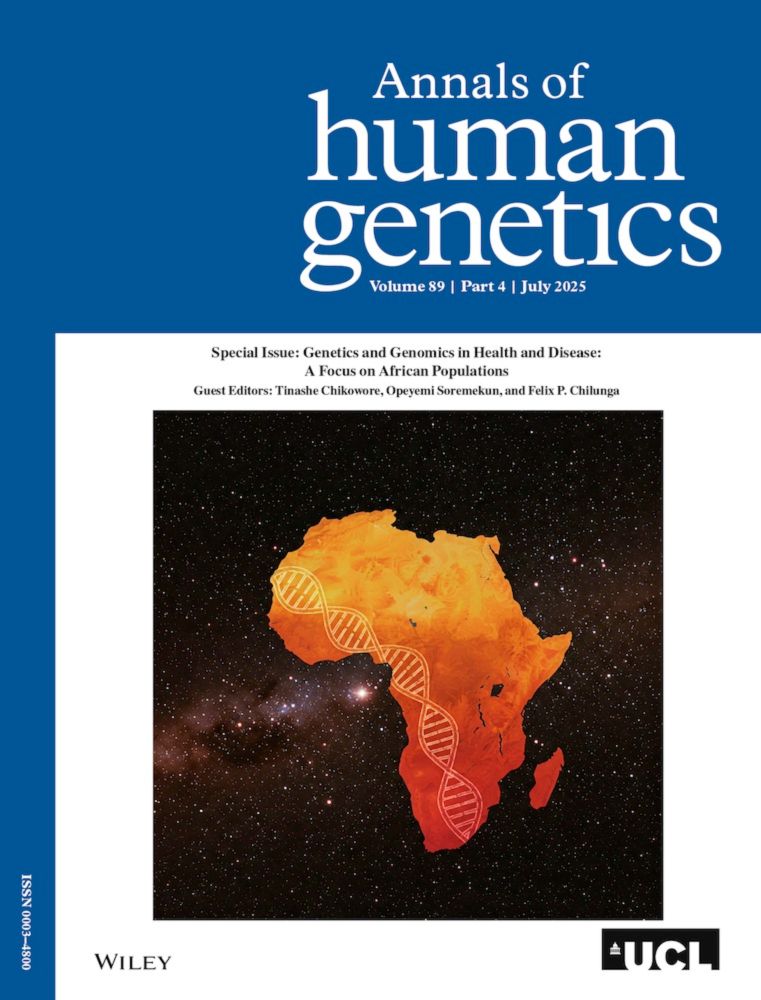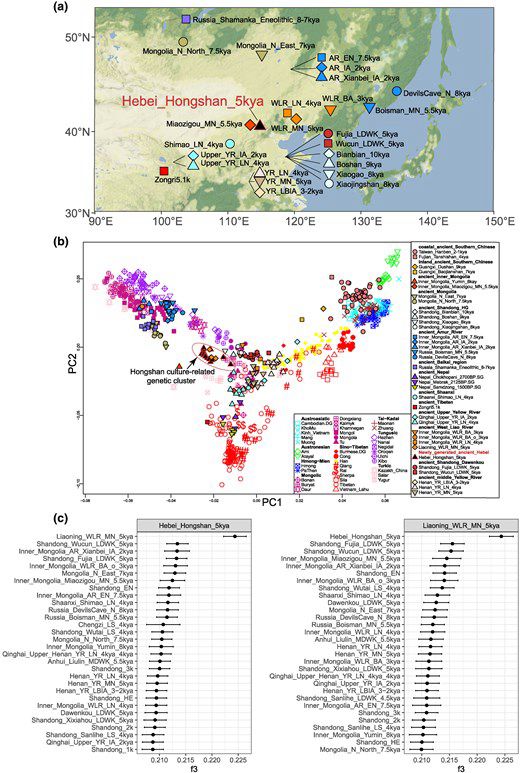Bastien Llamas
@dnatimetravel.bsky.social
550 followers
230 following
32 posts
Archaeo/palaeogeneticist, soccer player, kitesurfer, hiker, sweet tooth, world citizen, globe trotter, fascinated by the natural world. My tolerance of haters is limited.
He/him
Posts
Media
Videos
Starter Packs
Reposted by Bastien Llamas
Reposted by Bastien Llamas
Reposted by Bastien Llamas
SPAAM
@spaam-community.bsky.social
· Aug 4
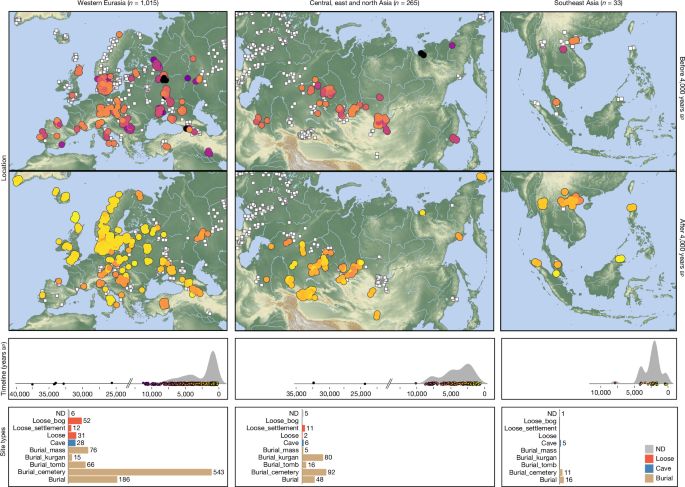
The spatiotemporal distribution of human pathogens in ancient Eurasia - Nature
Screening shotgun-sequencing data from ancient humans covering 37,000 years of Eurasian history uncovers the widespread presence of ancient bacterial, viral and parasite DNA and zoonotic pathogens…
www.nature.com
Reposted by Bastien Llamas
Reposted by Bastien Llamas
Tom Booth
@boothicus.bsky.social
· Aug 4

quick analysis of sedimentary ancient DNA using quicksand
Ancient DNA extracted from the sediments of archaeological sites (sedaDNA) can provide fine-grained information about the composition of past ecosystems and human site use, even in the absence of skel...
www.biorxiv.org
Reposted by Bastien Llamas
Jamie Wood
@larusnz.bsky.social
· Jul 29
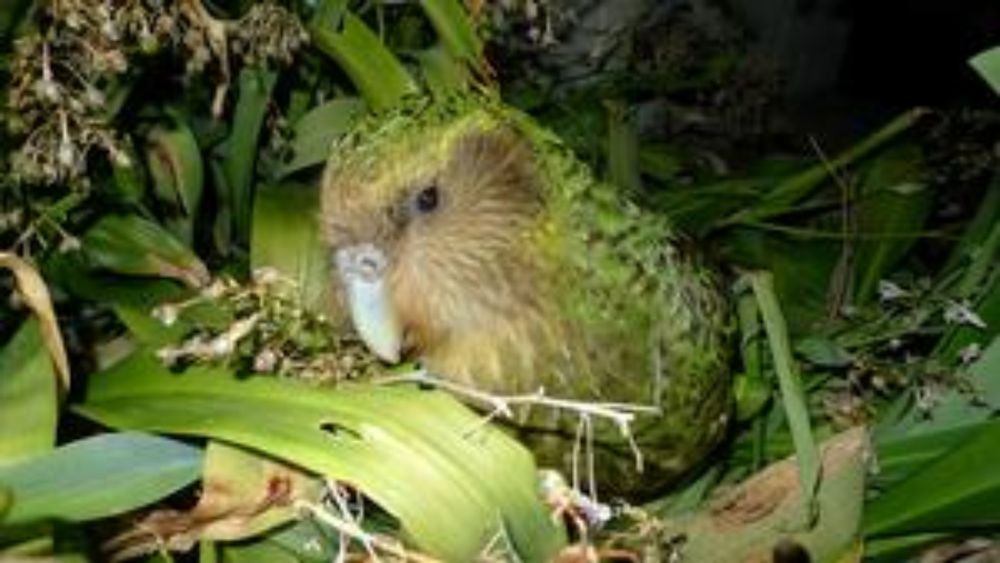
Kākāpō decline reveals threat of parasite coextinction
Researchers from the University of Adelaide, New Zealand’s Manaaki Whenua-Landcare Research and University of Auckland have discovered that more than 80 per cent of parasites detected in kākāpō ...
www.eurekalert.org
Reposted by Bastien Llamas
Nancy Bird
@nancybird1.bsky.social
· Jul 26
Reposted by Bastien Llamas














